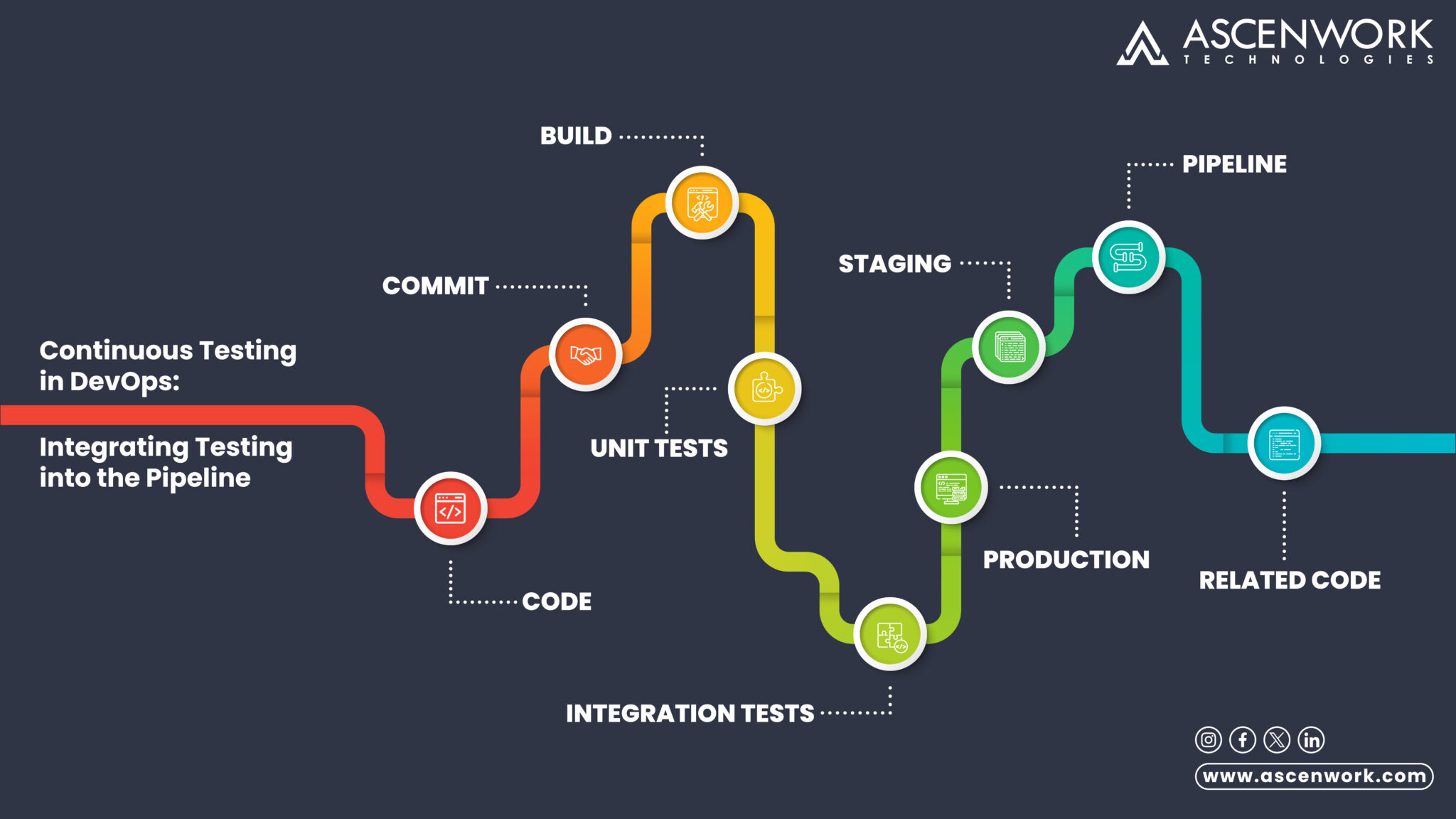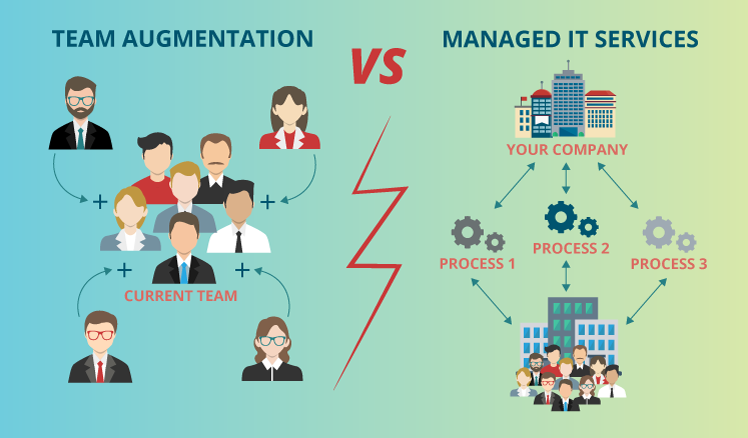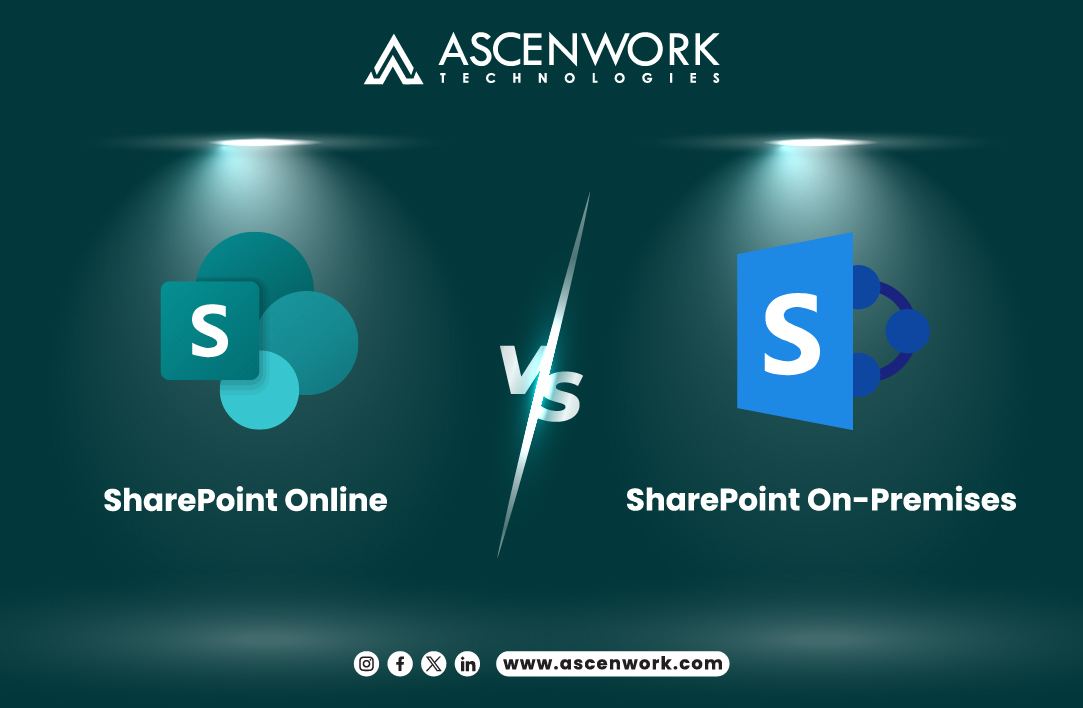
Discover the essence of Continuous Testing in DevOps as we delve into seamlessly integrating testing into the pipeline. This article navigates the pivotal role of testing within DevOps, ensuring continuous integration and delivery. Explore how automated testing fosters efficiency, quality assurance, and rapid feedback loops in the software development process. Uncover strategies to streamline workflows while maintaining robustness. Embrace the synergy between testing and development, optimizing agility and productivity throughout the pipeline.
Best practices for Continuous testing
Continuous testing is pivotal in modern software development, ensuring quality, reliability, and speed. Adopting best practices enhances efficiency and agility throughout the development pipeline. Begin by automating tests to achieve consistency and repeatability. Integrate testing seamlessly into the CI/CD pipeline for immediate feedback. Prioritize test coverage across various environments and platforms to validate functionality comprehensively. Implement shift-left testing to catch issues earlier in the process, reducing costs and time-to-market. Foster a culture of collaboration between developers and testers, emphasizing communication and transparency. Regularly review and optimize testing strategies to adapt to evolving project needs.
Five easy steps to integrating Continuous Testing to your CI/CD pipeline.
Integrating Continuous Testing into your CI/CD pipeline is crucial for maintaining software quality and agility. Here are five straightforward steps to get you started:
Step 1
- Assess Your Pipeline: Begin by evaluating your current CI/CD setup to identify areas where testing can be improved. Look for bottlenecks and gaps in testing coverage.
Step 2
- Automate Tests: Utilize automation tools to streamline the testing process. Automating tests ensures consistency and allows for quick feedback on code changes.
Step 3
- Integrate Testing Tools: Integrate testing tools directly into your CI/CD pipeline. This integration enables continuous testing throughout the development lifecycle, providing immediate insights into code quality.
Step 4
- Implement Parallel Testing: Leverage parallel testing to accelerate the testing process. Running tests in parallel reduces the time required for validation without sacrificing accuracy.
Step 5
- Monitor and Refine: Continuously monitor the effectiveness of your testing strategy and refine it as needed. Regularly review test results and incorporate feedback from developers and testers to improve testing efficiency.
By following these five easy steps, you can seamlessly integrate Continuous Testing into your CI/CD pipeline, enhancing software quality and accelerating delivery.
Why we need continuous testing in DevOps
Continuous Testing is an essential component of DevOps, ensuring software quality and efficiency throughout the development process. Here’s why it’s crucial:
- Quality Assurance: Continuous Testing helps maintain high quality standards by identifying bugs and issues early in the development cycle.
- Feedback Loop: It provides a rapid feedback loop to developers, allowing them to address issues promptly and iterate on code changes quickly.
- Risk Reduction: By continuously testing code changes, the risk of introducing defects into the production environment is significantly reduced.
- Automated Testing: Automation of tests ensures consistency and saves time by executing tests automatically whenever there’s a code change.
- Customer Satisfaction: Continuous Testing leads to more stable and reliable software releases, ultimately improving customer satisfaction.
- Efficiency: It streamlines the development process by catching bugs early, reducing the time and effort spent on debugging and fixing issues later.
- Integration with DevOps: Continuous Testing seamlessly integrates with the DevOps workflow, promoting collaboration between development, testing, and operations teams.
Continuous testing tools in devops
Continuous testing tools play a crucial role in DevOps, facilitating seamless integration of testing into the software development lifecycle. Here are some essential tools:
- JUnit: A widely used testing framework for Java applications, JUnit enables developers to write and run automated tests efficiently.
- Selenium: An open-source automation testing tool for web applications, Selenium allows testers to automate browser interactions and perform regression testing.
- Jenkins: A popular CI/CD tool, Jenkins automates the build, test, and deployment processes, including running continuous tests at various stages of development.
- Travis CI: Another CI/CD tool, Travis CI integrates with GitHub repositories to automatically build and test code changes, providing fast feedback to developers.
- Cucumber: A behavior-driven development (BDD) tool that allows teams to define test scenarios in plain language, Cucumber promotes collaboration between developers, testers, and stakeholders.
- Postman: An API testing tool, Postman simplifies the process of testing APIs by providing a user-friendly interface for sending requests and validating responses.
- Sauce Labs: A cloud-based testing platform, Sauce Labs enables cross-browser and cross-device testing, allowing teams to ensure compatibility and reliability across different environments.
How does continuous testing work within DevOps/DevSecOps?
Exploring the Features and Functionalities of SharePoint Online and SharePoint On-Premises offers insights into their respective capabilities. SharePoint Online, residing in the cloud, boasts seamless collaboration tools, ensuring anytime, anywhere access. In contrast, SharePoint On-Premises provides full control over infrastructure and customization, ideal for organizations with stringent security requirements. Both versions offer document management, workflow automation, and integration with Office 365 applications. SharePoint Online prioritizes scalability and automatic updates, whereas On-Premises demands hardware maintenance and software upgrades. Understanding these distinctions aids in choosing the most suitable platform for organizational needs, balancing flexibility, security, and accessibility in document management and collaboration.
Continuous testing within DevOps/DevSecOps is a pivotal process that ensures software quality and security throughout the development lifecycle. Here’s how it works:
- Integration: Continuous testing is seamlessly integrated into the DevOps/DevSecOps pipeline, starting from code commit to deployment.
- Automated Tests: Automated tests, including unit tests, integration tests, and security tests, are triggered automatically with each code change.
- Immediate Feedback: Continuous testing provides immediate feedback to developers and security teams about the quality and security of the code.
- Shift-Left Approach: Continuous testing follows a “shift-left” approach, where testing begins early in the development process, enabling issues to be identified and addressed sooner.
- Parallel Testing: Tests are executed in parallel across different environments and configurations, allowing for comprehensive coverage and faster feedback loops.
- Integration with CI/CD: Continuous testing tools and processes are tightly integrated with Continuous Integration/Continuous Deployment (CI/CD) pipelines, ensuring that testing is an integral part of the automated deployment process.
- Security Testing: In DevSecOps, continuous security testing is integrated into the pipeline, identifying vulnerabilities and ensuring compliance with security standards throughout the development process.
- Collaboration: Continuous testing encourages collaboration between developers, testers, and security professionals, fostering a culture of shared responsibility for quality and security.
By incorporating continuous testing into DevOps/DevSecOps workflows, teams can achieve faster time-to-market, higher software quality, and improved security posture.
Continuous Testing ensures higher software quality, faster time-to-market, reduced risk of defects, improved collaboration between teams, and enhanced customer satisfaction.
Continuous Testing is the practice of automating tests throughout the software development lifecycle, from code integration to deployment, to ensure that software meets quality, performance, and security standards.
Continuous Testing ensures that software changes are thoroughly tested and validated in an automated manner, enabling faster feedback loops, early defect detection, and seamless integration into the CI/CD pipeline.
Tests in Continuous Integration include unit tests, integration tests, functional tests, regression tests, and performance tests, among others. These tests are automated and run frequently to ensure code quality and prevent integration issues.
Continuous Integration (CI), Continuous Delivery (CD), Continuous Deployment, Continuous Monitoring, and Continuous Improvement are five examples of continuous practices in software development and DevOps methodologies.


